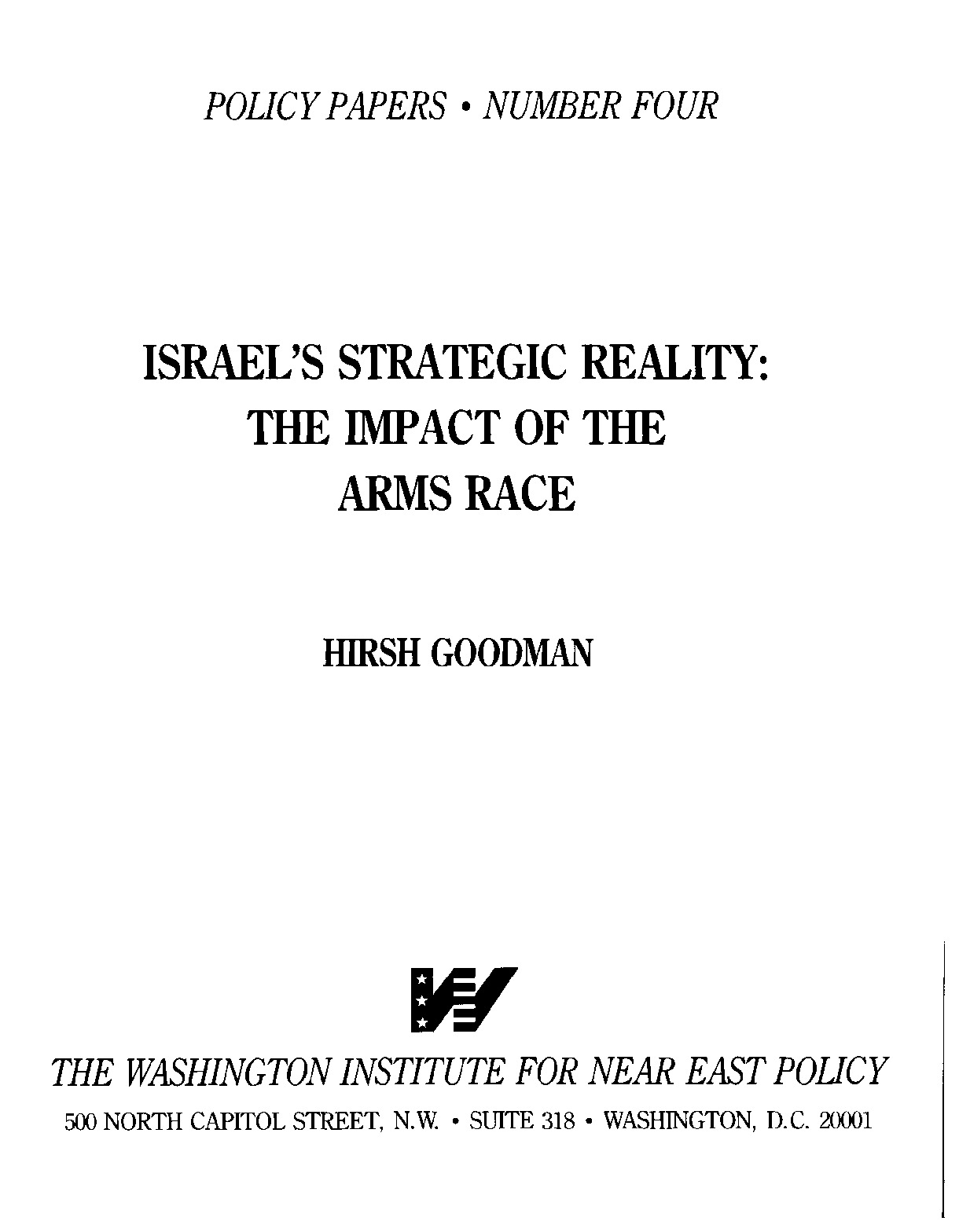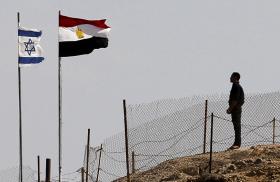Executive Summary
Israeli military planners must prepare for potential conflict in a strategic environment that is growing increasingly hostile. Forced to deal with worst-case scenarios spread over a 10-year planning horizon, Israeli planning must account for the ebb and flow of inter-Arab alliances. Therefore, Israel must not only ready itself against traditional foes, but it must also assume that weapons now sold to pro-Western Arab moderates will be used against the Jewish state in the event of an Arab-Israeli war. Planning is made even more complex given Israel's geographic limitations, with most of its population and its industrial infrastructure squeezed into an area roughly the size of urban Indianapolis.
First, the Arab states' quantitative edge over Israel is expanding. Comparisons of population growth, gross national product and armed forces indicate that the statistical gap between Israel and the Arab confrontation states is widening. Moreover, drastic budget cuts, escalating procurement costs, and a drop in the value of US aid have forced Israel to cut back spending in such crucial areas as development, training and regular army troop levels. In short, Israel simply cannot keep up; it can no longer maintain the minimum quantitative ratio that its planners consider necessary to wage war at an acceptable cost.
Second, due to the greater sophistication and easier utilization of weapons in Arab arsenals, Israel's qualitative advantage is eroding as well. Whereas arms sold to Arab states traditionally were technologically inferior to those sold to Israel, today both sides are able to purchase the same weapons. Israel is left with only two options to overcome this new technological problem: pre-positioning material at more vulnerable sites closer to the potential battlefields and investing vast sums of money and manpower in making the best weapons even better. Ironically, the effort to maintain the qualitative edge adds to the burden on the Israeli economy, further worsening the quantitative gap in the Arab states' favor.
The combination of these trends underscores the prime importance of maintaining air superiority as Israel's only effective response to a deteriorating military balance. But here too, Israel's edge is diminishing. Arab states have concentrated their efforts on acquiring the means to challenge Israel's vital air superiority. The proposed sale of F-16s and mobile I-Hawks to Jordan, combined with F-15s and AWACS in Saudi Arabia and the front-line Soviet equipment supplied to Syria, pose a threat with which Israel's air force has never before been faced. Moreover, these acquisitions undermine Israel's deterrent image and fuel the incentive for a quick and decisive Arab surprise attack.
As long as the fuse on Middle East conflict is shortened by the provision to both sides of weapons that are faster, more advanced and more lethal, hope for peace and stability in the region will continue to evaporate.
-
52 pages



